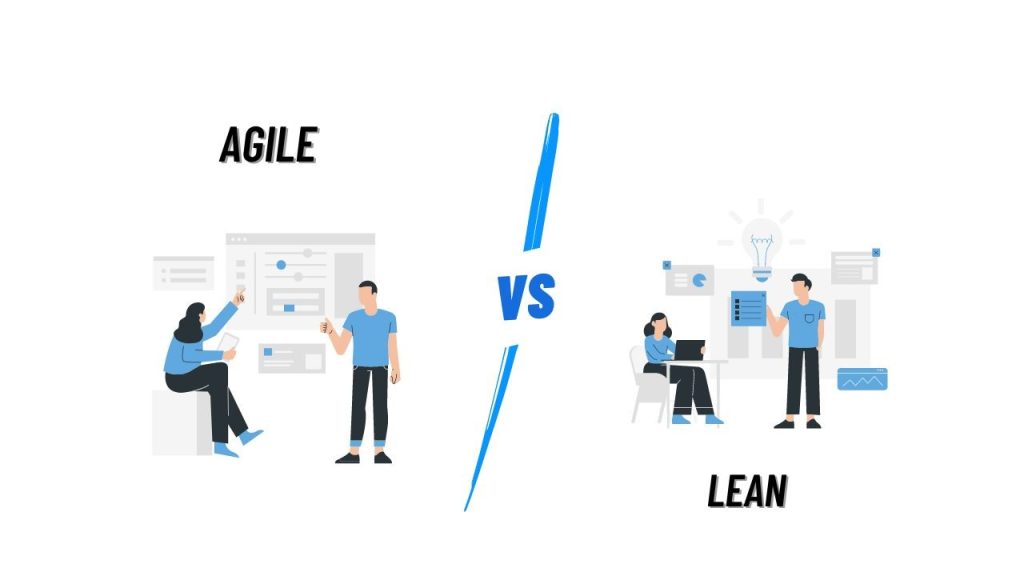
Overview of Lean Operations
Lean operations focus on maximizing efficiency by eliminating waste and improving processes. The goal is to streamline your business, reduce costs, and boost productivity. Lean emphasizes continuous improvement, where you and your team regularly assess processes to identify and eliminate inefficiencies. This approach helps you create a more effective workflow while minimizing resource use.
In Lean operations, waste reduction is a key principle. Waste can come from overproduction, excess inventory, or unnecessary movement of materials. By identifying these issues, you can save both time and money. Lean also promotes a culture of respect for employees, encouraging them to find better ways of working.
Process optimization is another essential element. This involves refining every step of your operations to ensure each task adds value. The Lean method encourages you to focus on creating value for customers without sacrificing quality. Understanding the principles of Lean vs. Agile Operations helps you decide which approach best suits your business needs. Lean’s focus on efficiency and waste reduction offers a strong foundation for operational success.
Overview of Agile Operations
Agile operations focus on flexibility and adaptability to respond quickly to changing customer needs and market conditions. Unlike traditional methods, Agile prioritizes small, iterative changes rather than large, rigid plans. This allows you to adjust strategies in real-time, ensuring your products or services stay relevant. Agile operations are particularly useful in fast-paced industries where quick response times are essential for maintaining competitiveness.
A key element of Agile is its customer-centric approach. You and your team continuously gather feedback from customers to refine and improve offerings. By incorporating this feedback, you can make informed decisions that directly enhance customer satisfaction. Agile operations also encourage collaboration, fostering cross-functional teams that work together to solve problems and deliver value.
In the debate between Lean vs. Agile Operations, Agile stands out for its focus on adaptability. While Lean emphasizes efficiency, Agile is about flexibility and responsiveness. Choosing the right approach depends on your business goals and industry. For businesses that need to remain nimble, Agile operations provide a framework that supports innovation and customer-focused development.
Key Differences Between Lean and Agile
Lean and Agile may seem similar, but they focus on different areas of business operations. Lean focuses primarily on reducing waste and improving efficiency. You aim to streamline processes, eliminate unnecessary steps, and deliver high-quality products while minimizing costs. Agile, on the other hand, emphasizes flexibility and adaptability. Its goal is to respond quickly to changing customer needs and market conditions through iterative improvements.
In terms of goals, Lean strives for process optimization and long-term efficiency. It encourages a stable, predictable workflow that minimizes variation and waste. Agile focuses on delivering value in shorter cycles. You work in small increments, making quick adjustments based on customer feedback. This approach is less concerned with efficiency and more focused on responsiveness and innovation.
The implementation strategies also differ. Lean tends to use systematic methods like value stream mapping and continuous improvement techniques. Agile, however, relies on frameworks like Scrum or Kanban to break projects into manageable tasks. In comparing Lean vs. Agile Operations, your choice depends on whether your focus is on optimizing processes or staying adaptable to rapid changes. Both approaches offer value, but their applications vary depending on business needs.
When to Use Lean vs. Agile in Business
Deciding between Lean and Agile depends on your business needs and industry. Lean works well when stability and efficiency are your priorities. If you operate in manufacturing or industries with repeatable processes, Lean helps you cut costs and reduce waste. You focus on streamlining workflows and creating consistent quality over time. This approach can lead to long-term savings and increased productivity.
Agile, on the other hand, is ideal when adaptability matters most. If you work in technology, software development, or any rapidly changing field, Agile offers flexibility. It allows you to respond quickly to new customer demands or market shifts. Agile’s iterative cycles and regular feedback loops make it a good choice when innovation drives your business.
In comparing Lean vs. Agile Operations, think about your company’s challenges and goals. If efficiency and waste reduction are your focus, Lean is a solid option. But if your industry requires rapid adjustments and continuous improvement, Agile may be the better fit. You can even blend both, using Lean for stable areas while applying Agile in dynamic parts of your business. This hybrid approach can give you the benefits of both methods, tailored to your specific situation.
Combining Lean and Agile: Hybrid Approaches
Combining Lean and Agile practices can create a powerful hybrid model that balances efficiency and flexibility. Many businesses find that blending these approaches allows them to optimize operations while staying responsive to change. For example, you might use Lean methods to streamline production and reduce waste in stable areas, such as manufacturing or supply chain management. At the same time, Agile practices can be applied in areas where rapid innovation is needed, like product development or marketing.
A hybrid approach works well for organizations with varied processes and goals. You can implement Lean techniques to improve efficiency in routine operations while using Agile to adapt quickly in customer-facing areas. This balance helps you reduce costs without sacrificing your ability to respond to market demands. By carefully integrating both methodologies, you can create an operational model that enhances both productivity and adaptability.
In the context of Lean vs. Agile Operations, a hybrid approach allows you to take the best elements from each system. Lean focuses on long-term efficiency, while Agile enables you to stay flexible in a changing environment. Blending these methods gives your business the tools to succeed in both stable and dynamic settings, aligning with your specific organizational needs.
Case Studies: Lean vs. Agile in Action
Several companies have successfully implemented Lean and Agile methodologies to improve their operations. Toyota is a prime example of Lean in action. Toyota pioneered the Lean approach in its production system, focusing on waste reduction and continuous improvement. By streamlining its processes and reducing inefficiencies, Toyota increased production speed while maintaining high-quality standards. This approach has become a global model for manufacturing efficiency.
On the Agile side, tech companies like Spotify have embraced Agile principles to stay flexible and responsive. Spotify uses Agile methods to manage its teams, enabling them to work in small, cross-functional groups. This allows Spotify to quickly develop, test, and release new features. Agile’s adaptability has been key to Spotify’s ability to innovate in a fast-moving industry.
Some businesses successfully combine Lean and Agile approaches. For instance, Intel has integrated Lean and Agile practices to manage its production and development processes. The company uses Lean to streamline manufacturing and Agile for product development. This hybrid approach has allowed Intel to improve efficiency and stay competitive in a rapidly evolving tech market. These examples illustrate how Lean vs. Agile Operations can be applied based on industry and operational needs.
Conclusion
Deciding between Lean vs. Agile Operations depends on your business’s specific needs and industry. Lean focuses on efficiency and reducing waste, making it ideal for stable processes like manufacturing. Agile, by contrast, provides flexibility and adaptability, perfect for industries that demand quick responses, such as tech and software development. In many cases, blending both approaches offers the best results. By combining Lean’s focus on process improvement with Agile’s adaptability, you can create a tailored operational model that enhances both efficiency and responsiveness. Understanding when and how to apply each method will help your business thrive in a dynamic market.


